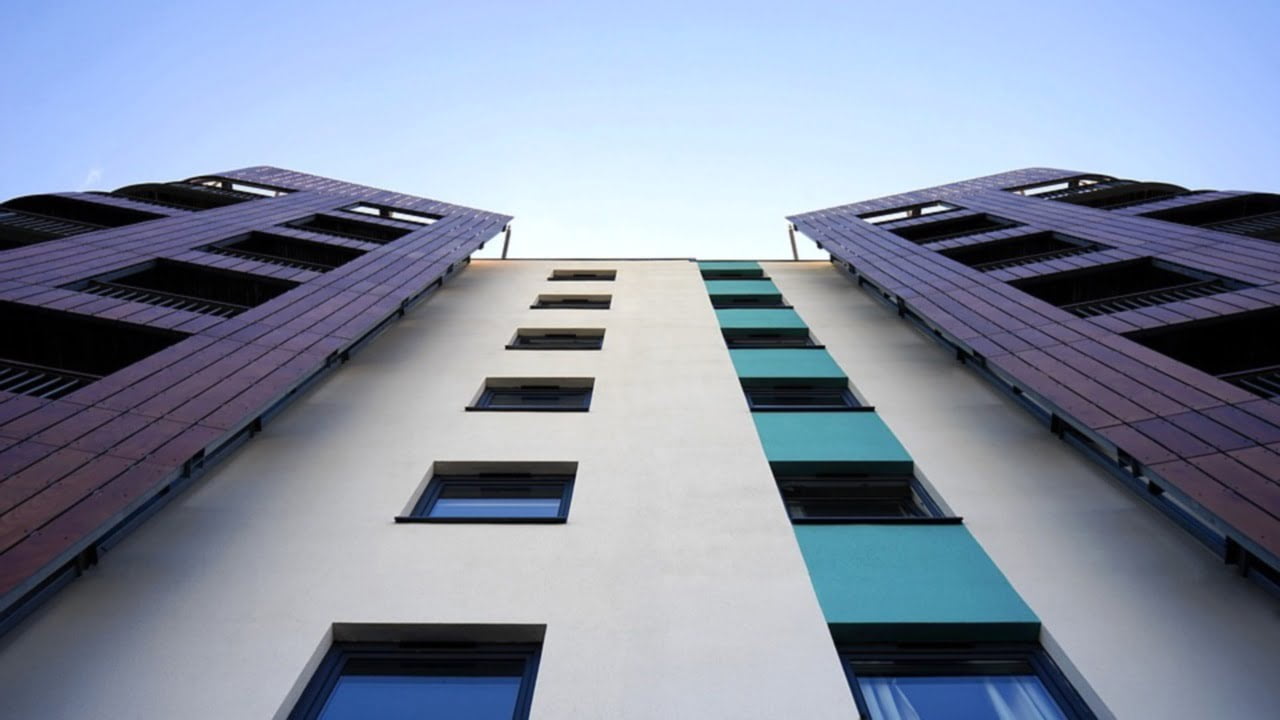The Government has announced a new Building Safety Fund of £1bn to help fund the removal of unsafe materials from the external wall systems of all residential buildings over 18 metres in height, as defined in the Building Regulations.
The fund will be open to both private and public sector building owners, but the platform for bringing claims has yet to be announced. It is unclear whether the £1bn is a cap, or a starting position, and this will need to be clarified by the Government over the coming days.
Other points that require clarification include the following:
- £1.2bn is still some significant distance away from being sufficient to cover the cost of removing unsafe materials from tall buildings, and therefore, will the fund operate on a first come, first serve basis? This point is critical, not least because those building owners who own significant numbers of tall buildings will not necessarily have reached a concluded view about the make-up of the external wall system and whether it is safe at this point in time;
- The reference to “unsafe materials” in the Chancellor’s speech suggests that the focus will not be solely on the facing material on the external wall (be it HPL, EWI or other forms of readily combustible material) but will also include insulation such as phenolic foam and PIR. This means that those buildings that are made up of a masonry external wall or some other form of non-combustible facing material may well come within the scope of the new fund, on the basis that the insulation used in those external wall systems is not of limited combustibility. However, the printed Budget refers only to “unsafe cladding”. The resolution of that ambiguity is critical in understanding the numbers of buildings that will be within scope for funding;
- Whether the fund will operate to assist building owners whose external wall systems would otherwise comply with the functions of the Building Regulations, save for defects in cavity barriers and in the passive fire protection generally, will be covered;
- It remains unclear whether the monies in the fund will be advanced on the same basis as those in the ACM cladding remediation funds, namely with an obligation to seek recovery from any party that may have a liability to pay, such as a defaulting contractor, an insurer, or another party;
- The administration of the fund will be a significant undertaking, and will require some time to organise, not least because there are over 11,000 residential buildings over 18 metres in height in the UK;
- Whether or not the fund will include the cost of interim mitigation measures that have been put in place to protect the health and safety of residents until the buildings have been remediated.
As can be seen, there are a number of crucial details that need to be clarified in order to gauge the true extent and reach of the fund. Despite this, the announcement is welcome as a realisation of the critical issues facing the construction industry, and in particular those regarding the safety of residential tall buildings.
For more information, please contact Mark London or Yaasica Hamilton-Haye
